Clematis are stunning flowering vines that come in a wide variety of colors, sizes, and bloom times. They’re perfect for adding vertical interest to your garden and can be trained to climb fences, trellises, or even your mailbox. But before you run out and plant your first clematis, there are a few things you need to know.
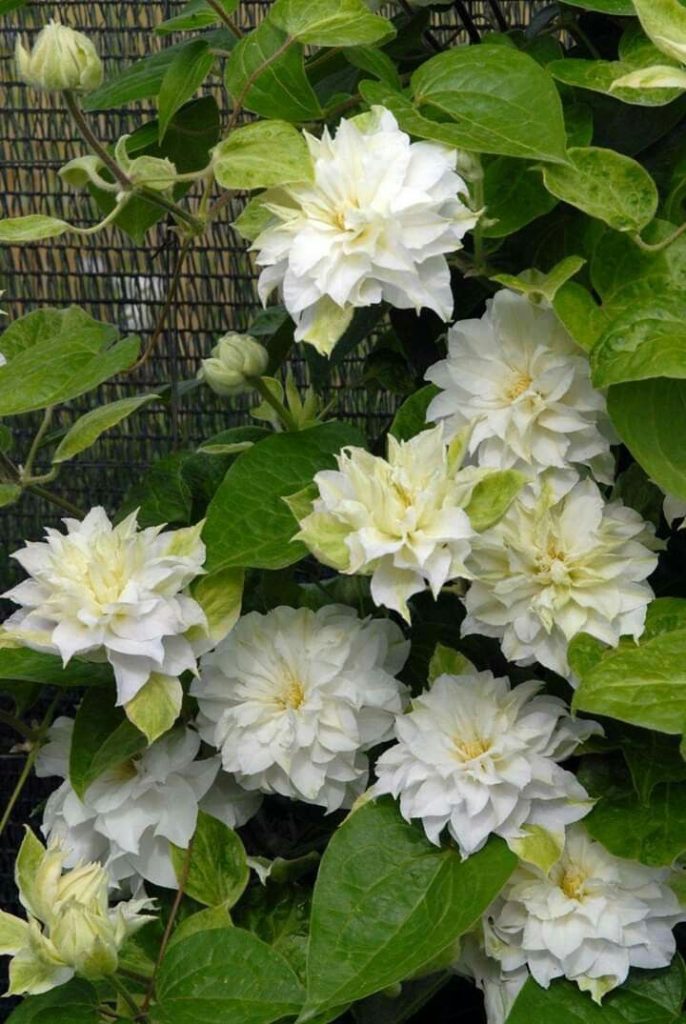
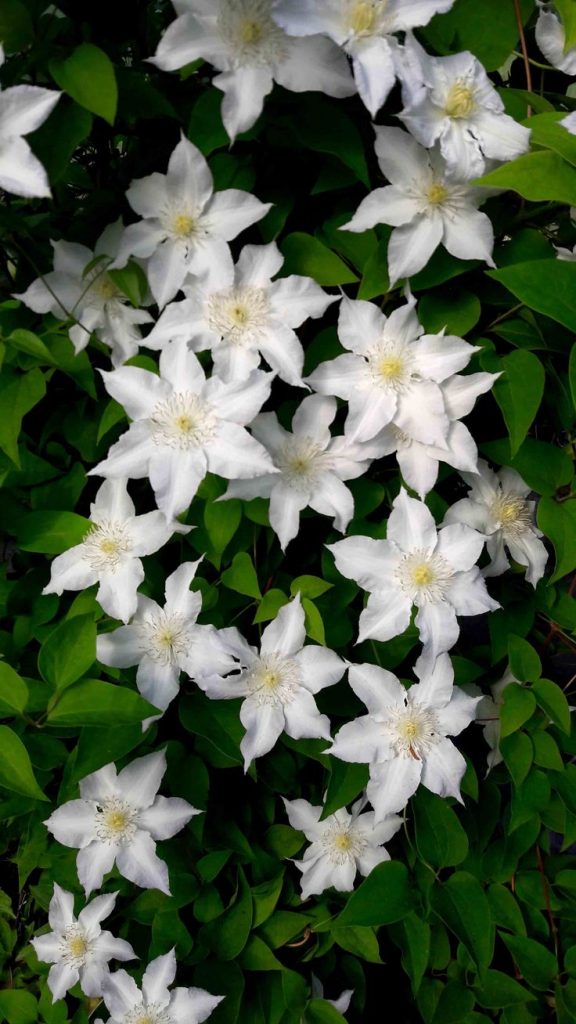
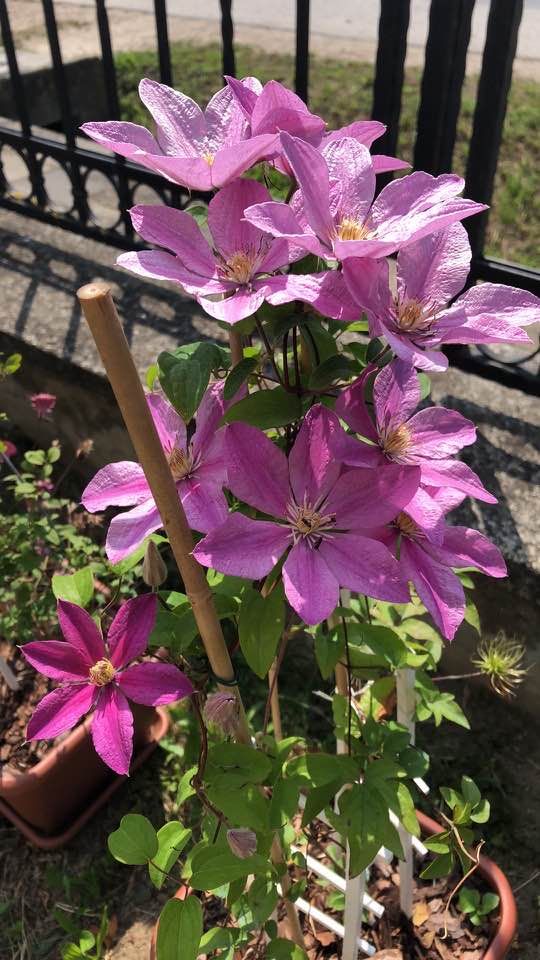
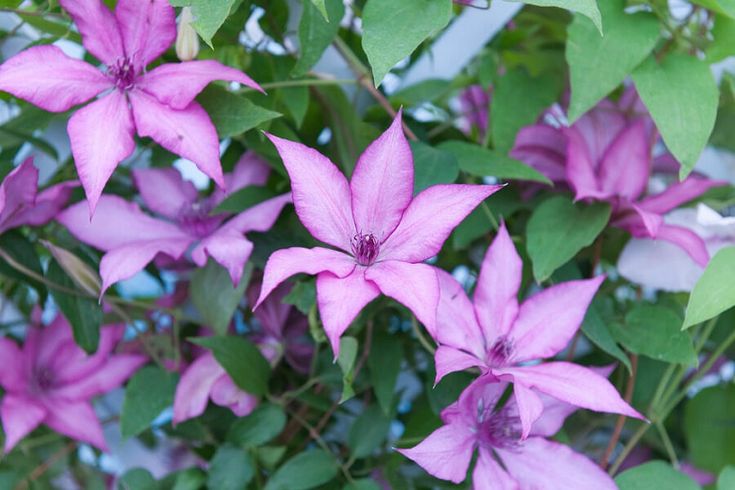
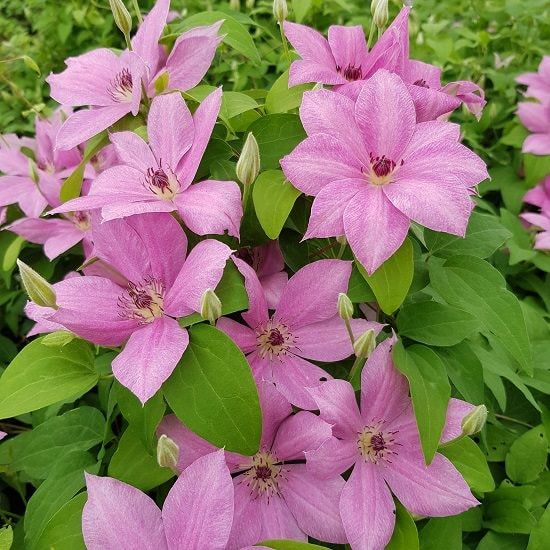
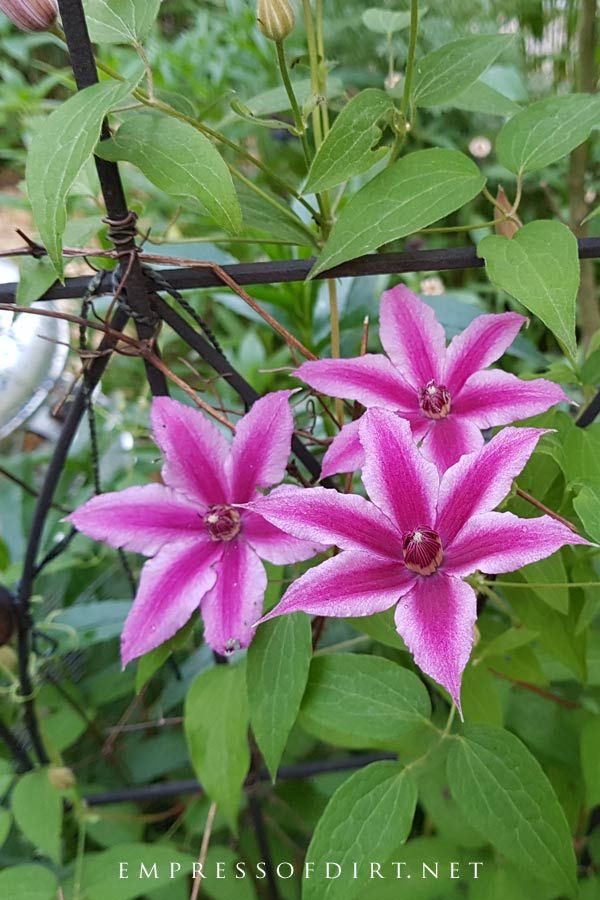
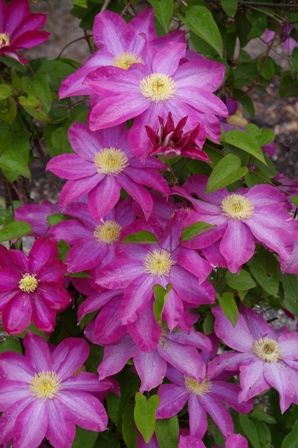
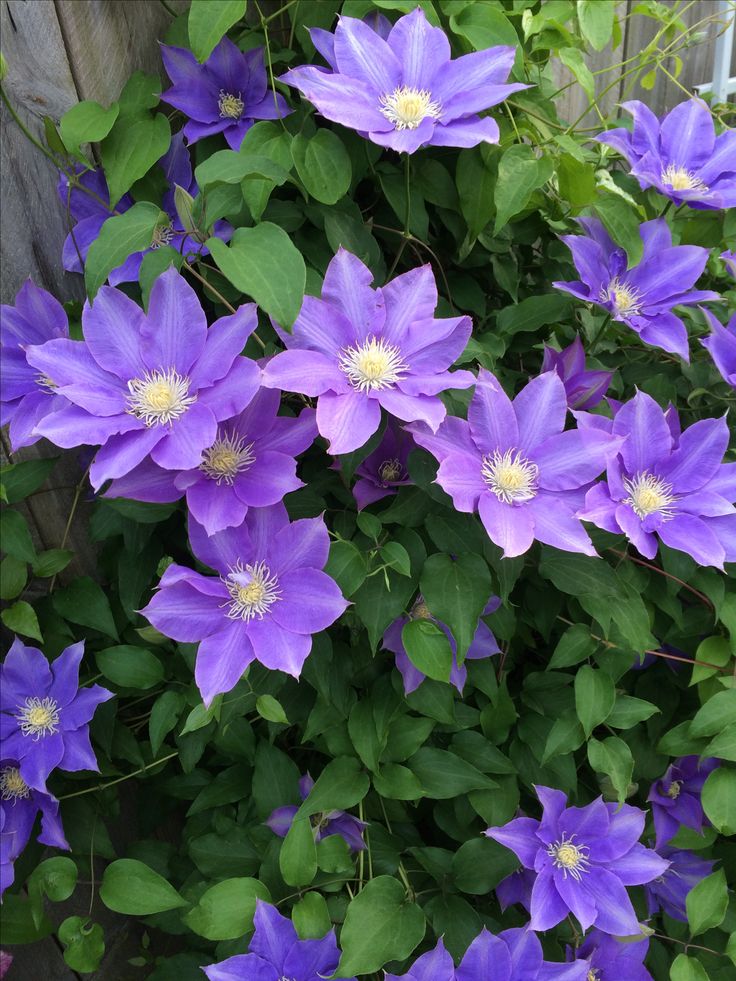
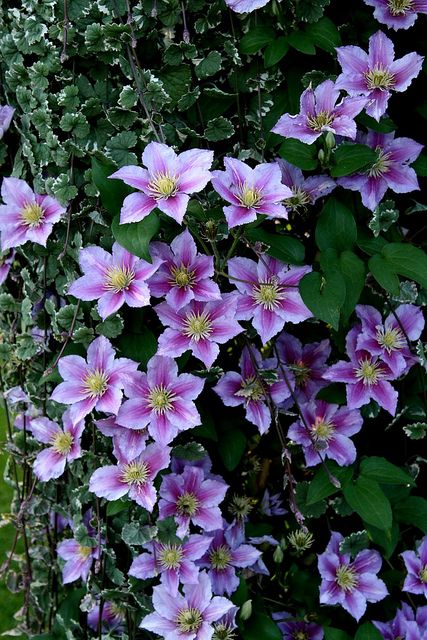
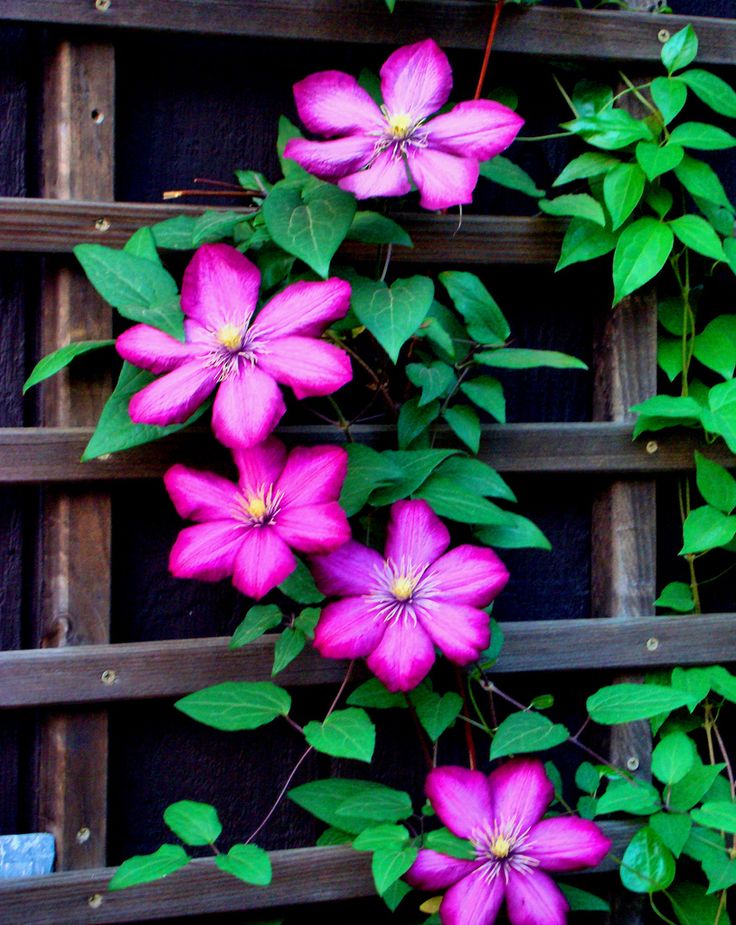
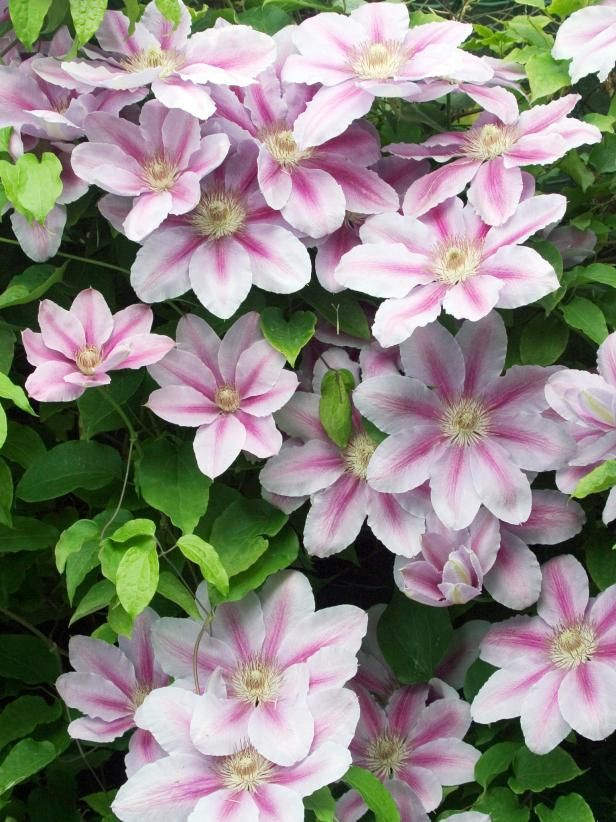
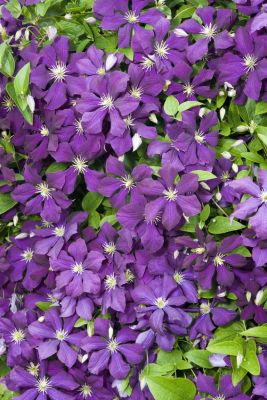
Choosing the Right Clematis
With over 300 species and countless cultivars to choose from, the first step is to select the right clematis for your climate and growing conditions. Here are a few things to consider:
- Sunlight: Most clematis prefer at least six hours of sunlight per day, but some will tolerate partial shade.
- Soil: Clematis like well-drained, fertile soil. If your soil is clay-heavy, you’ll need to amend it with compost or other organic matter.
- Size: Clematis come in all sizes, from compact varieties that only reach a few feet to monsters that can grow up to 30 feet or more. Make sure you choose a clematis that will fit the space you have available.
- Bloom Time: Clematis can bloom in spring, summer, or fall. If you want year-round blooms, you’ll need to plant a combination of early-, mid-, and late-blooming varieties.
Planting Your Clematis
Once you’ve chosen your clematis, it’s time to plant it. Here are the steps:
- Find a spot that receives at least six hours of sunlight per day.
- Dig a hole that is twice the width of the clematis pot.
- Amend the soil with compost or other organic matter.
- Plant the clematis at a depth of 2-3 inches, making sure that the crown of the plant is level with the soil.
- Water the clematis well and mulch around the base of the plant to help retain moisture.
Caring for Your Clematis
Clematis are relatively low-maintenance vines, but they do need a little TLC to thrive. Here are a few tips:
- Watering: Clematis like to keep their roots moist, but not soggy. Water them deeply once or twice a week, especially during hot weather.
- Fertilizing: Fertilize your clematis once a month during the growing season with a balanced fertilizer.
- Pruning: Pruning your clematis will help encourage blooming and keep it under control. The pruning method you use will depend on the type of clematis you have, so be sure to do your research.
- Support: Clematis need something to climb on. Provide them with a trellis, fence, or other support structure.
With a little care, your clematis vine will reward you with years of beautiful blooms.
Additional Tips
- Mulch around the base of your clematis to help keep the soil cool and moist.
- Deadhead spent flowers to encourage more blooms.
- Protect your clematis from wind and harsh weather.
- Clematis are relatively pest- and disease-resistant, but keep an eye out for aphids, slugs, and wilting.
Conclusion
Clematis are versatile and rewarding plants that can add beauty and interest to any garden. With a little planning and care, you can enjoy their stunning blooms for years to come.
I hope this guide helps you grow your own clematis vine!
Happy gardening!





